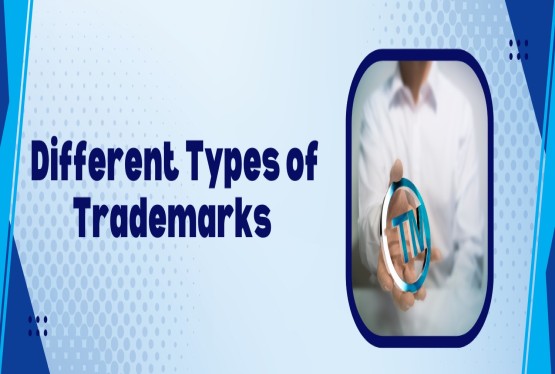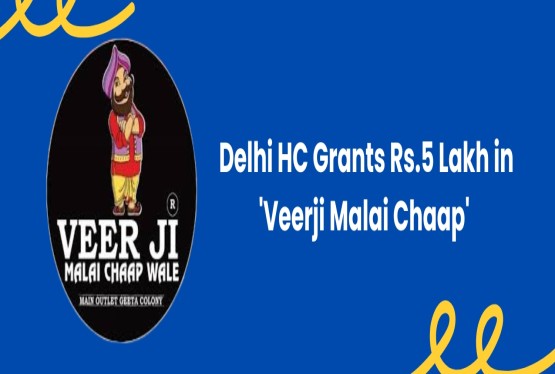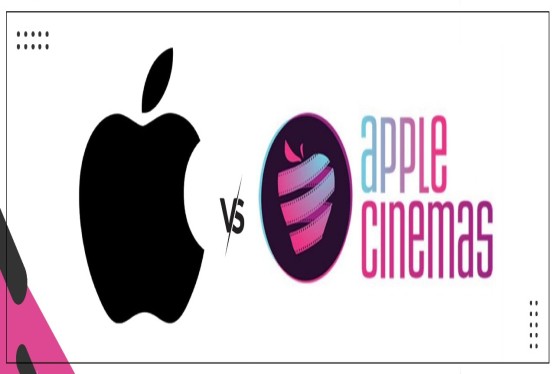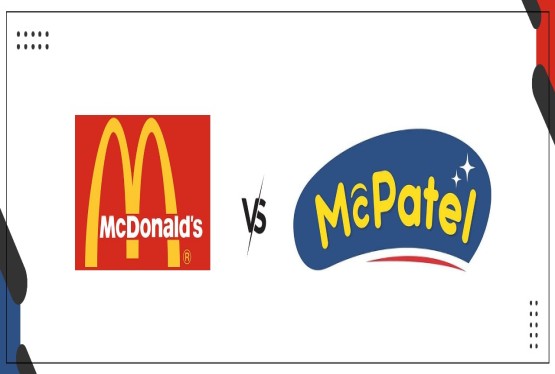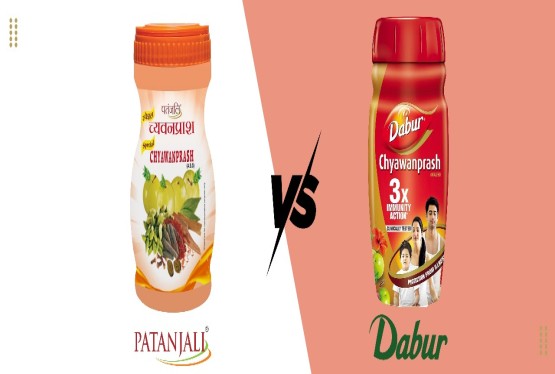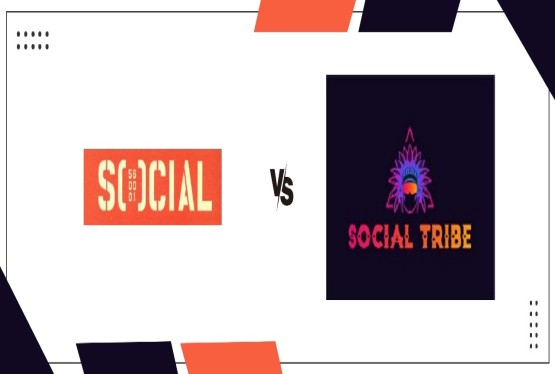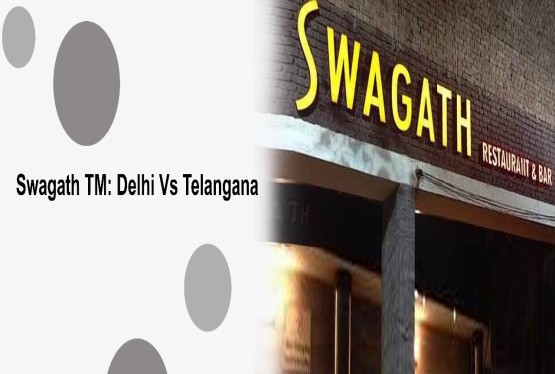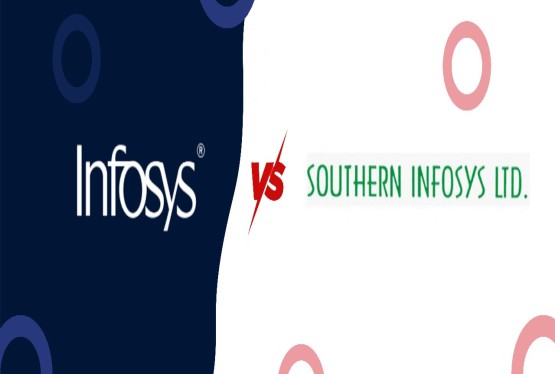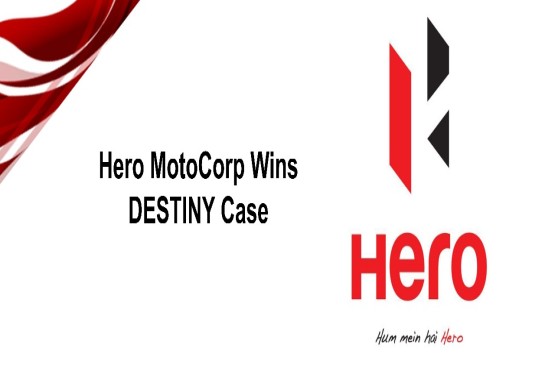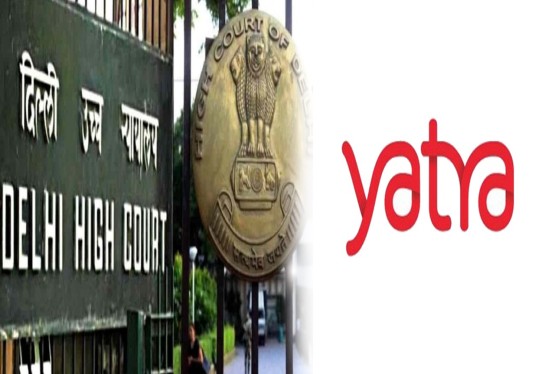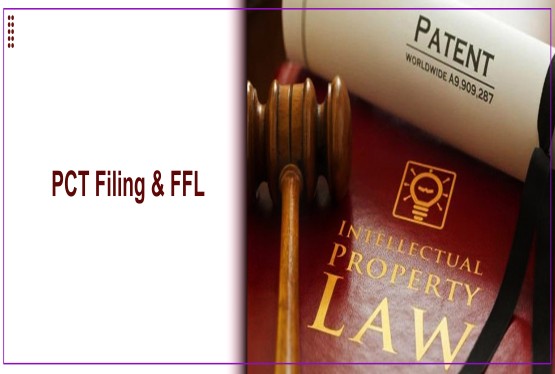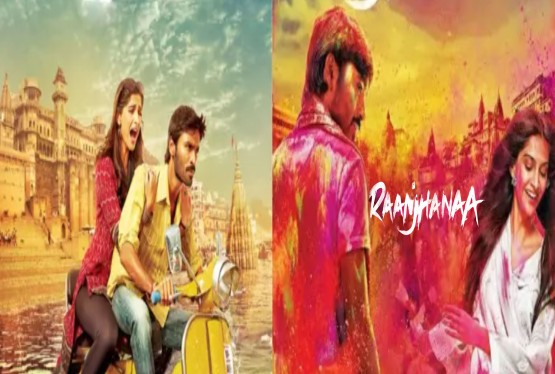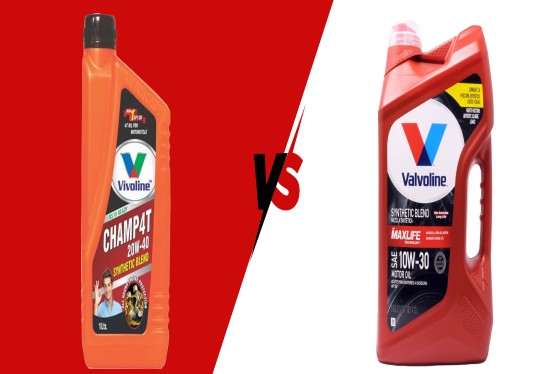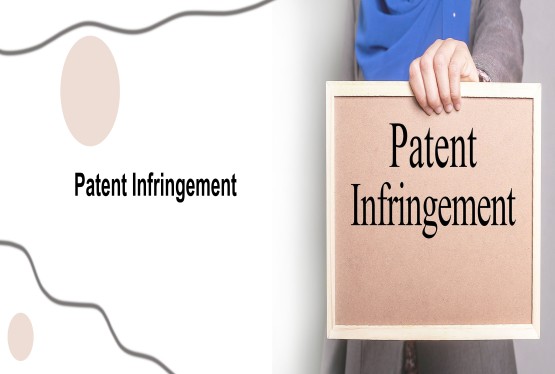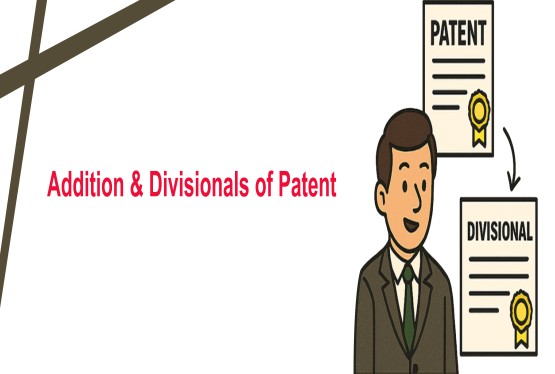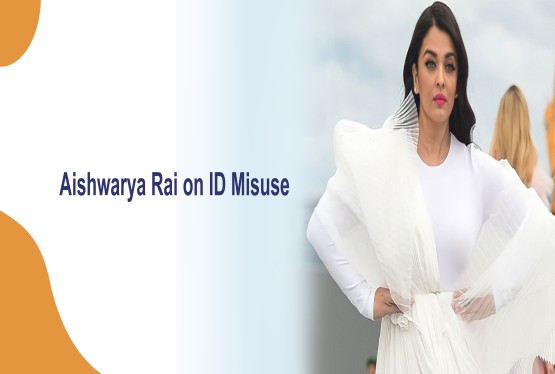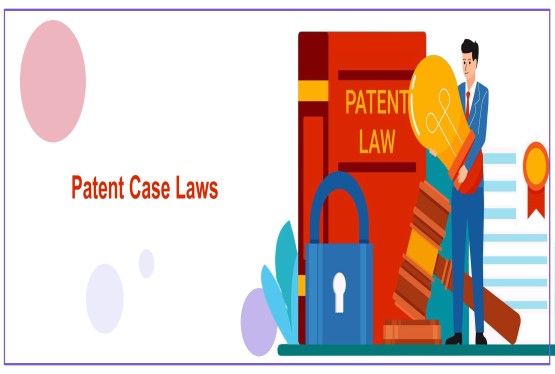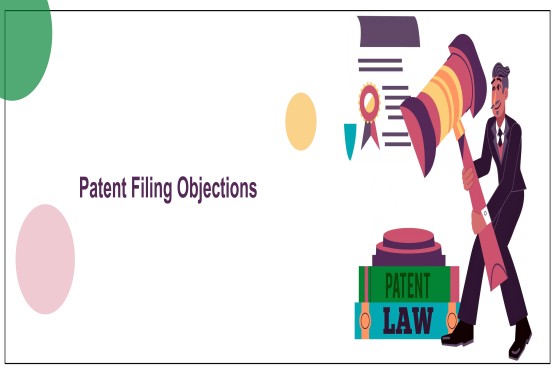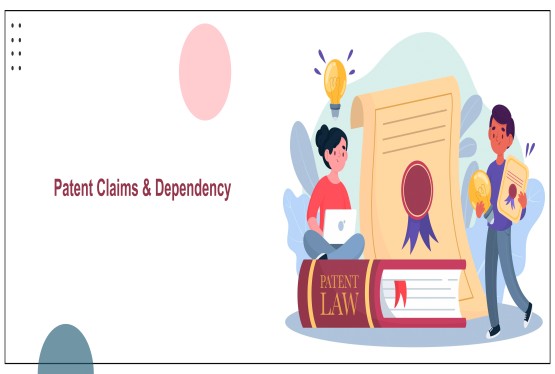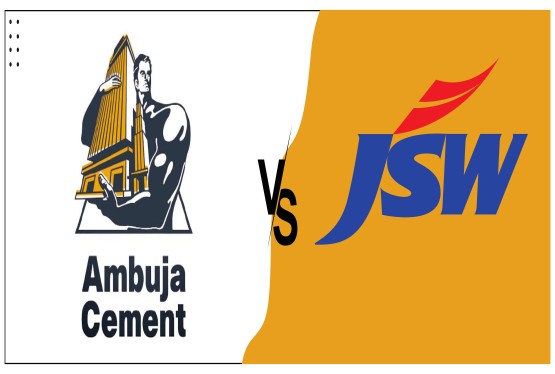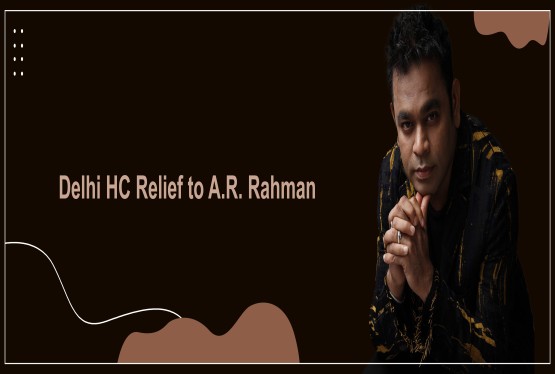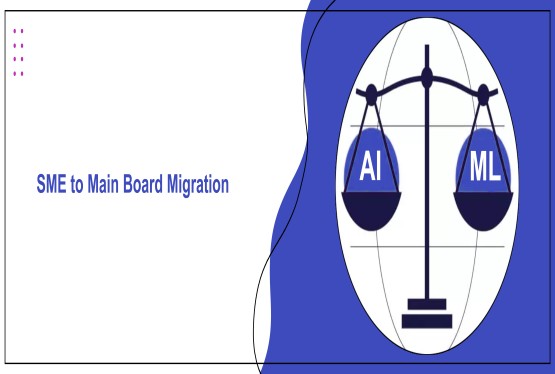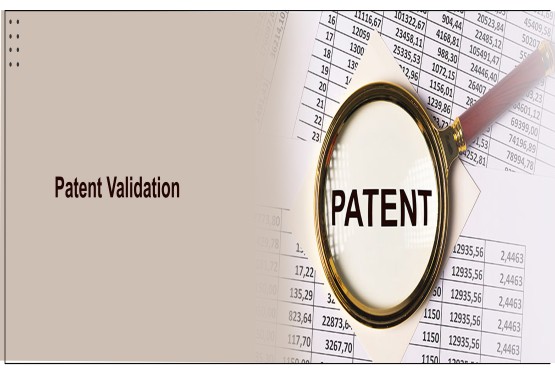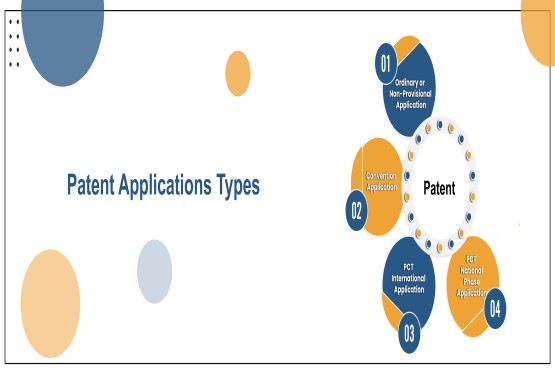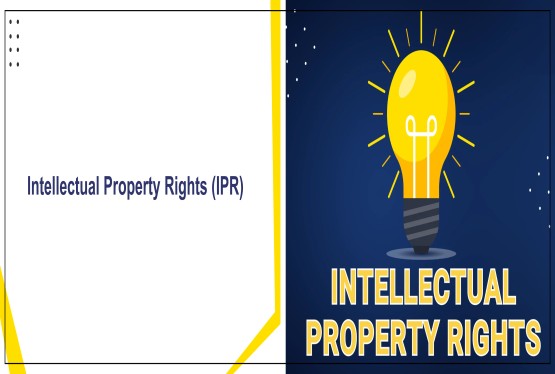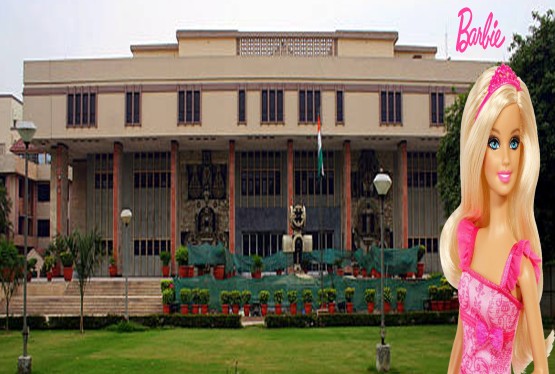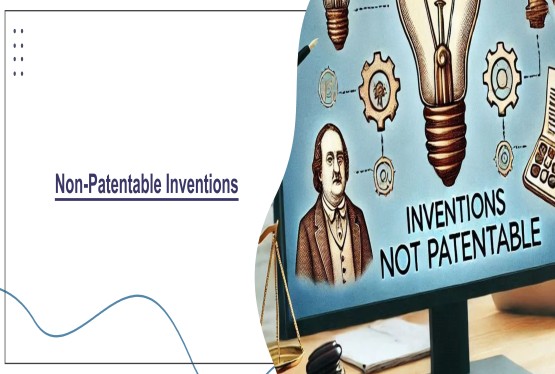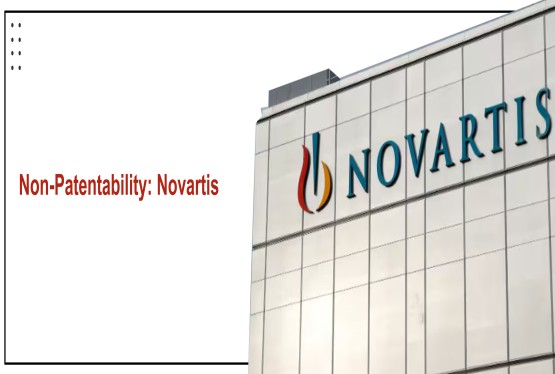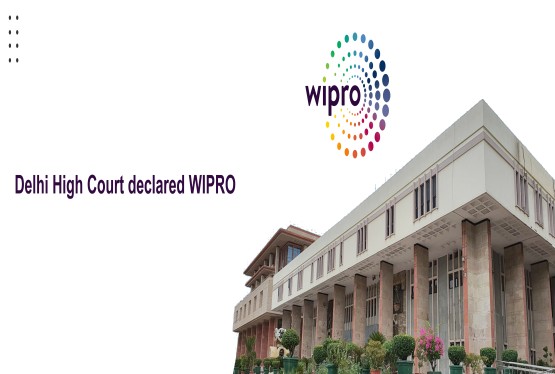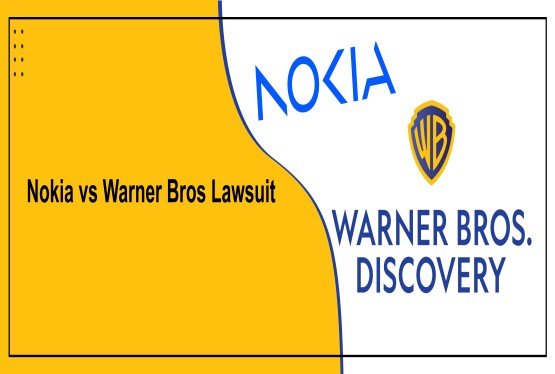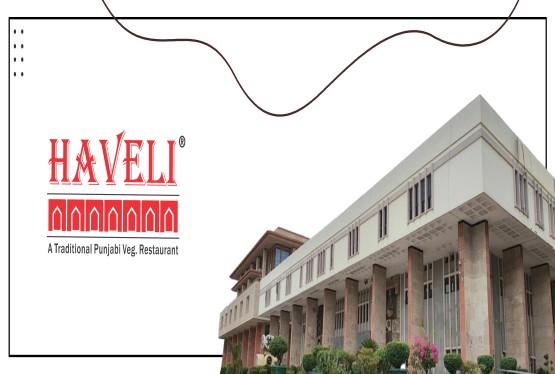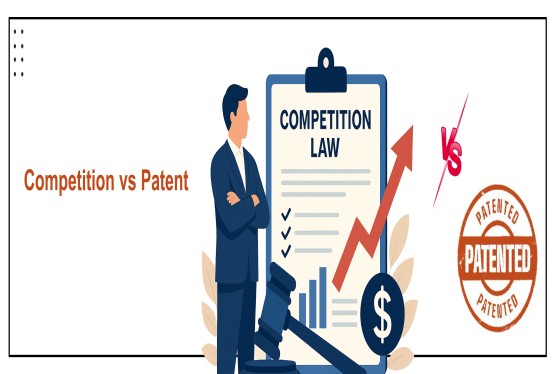In a Case Vinay pictures Through its Proprietress, MS. Shanti Vinay Kumar Sinha V. Good Hope & Ors. Delhi High Court has barred more than 30 entities from commercially exploiting the intellectual property associated with the beloved 1994 Bollywood comedy Andaz Apna Apna. The court’s restraint covers a wide range of elements and including the film’s title, well-known characters like Amar, Prem, Teja, and Crime Master Gogo, famous dialogues, songs, and related artistic assets. This case stands out not just for its emotional pull on fans but because it sharply illustrates how a film embodies multiple, layered intellectual property rights (IPRs), all of which require separate recognition and legal Protection.
Breaking Down the Intellectual Property in Films
A movie like Andaz Apna Apna is much more than just a single work — it’s a complex assembly of varied intellectual property protections. Here’s how the rights break down:
1. Cinematograph Film Rights
Under India’s Copyright Act, 1957, a film qualifies as a “cinematograph work,” giving the producer exclusive control over reproduction, distribution, public screening, and broadcasting. Any unauthorised act whether streaming, copying, or exhibiting amounts to copyright infringement.
2. Literary and Musical Copyrights
The dialogues, script, and song lyrics are considered separate literary works under copyright law. These are not mere additions; they are core to the film’s narrative and emotional appeal. Using iconic lines or lyrics in commercial promotions or merchandise without approval is a direct infringement of these rights.
3. Protection of Fictional Characters
While Indian IP law does not grant automatic copyright over fictional characters, Indian courts have increasingly recognised that unique, memorable characters especially those that have gained public affection and market value can qualify for legal protection. Characters like Crime Master Gogo and Prem have become cultural staples, making their unauthorised commercial use a violation.
4. Musical Works and Recordings
Each song in a film consists of several distinct rights: the music composition (owned by the composer), the lyrics (owned by the lyricist), and the sound recording (usually owned by the music label or producer). Using even a short musical clip without obtaining the necessary licences breaches these rights.
5. Artistic and Visual Elements
Movie posters, logo designs, costumes, set designs, and promotional materials often qualify as artistic works under copyright law. These visual elements become part of a film’s visual identity and cannot be reproduced or monetised (for example, on merchandise or social media) without consent.
6. Merchandising and Brand Value
Although India’s copyright law doesn’t explicitly mention merchandising rights, courts have recognised the commercial value attached to successful films and their symbols. Using film-related elements like famous dialogues or character images on products like T-shirts, mugs, phone cases, or event themes without a licence counts as misappropriation of brand value.
Why This Order Sets an important Precedent
The Delhi High Court’s decision serves as an important reminder:
The age or popularity of a work does not make it public property for commercial use.
The ruling sends a clear signal to creators, advertisers, marketers, and content platforms: nostalgia does not provide a legal loophole to exploit someone else’s intellectual property.
With the explosion of digital media, streaming platforms, fan art, memes, and merchandise, the importance of respecting and safeguarding IP rights has never been greater. This case reinforces the need for obtaining proper licences and permissions before using creative content for profit.
The Bigger Picture
This court order goes beyond just one film, and it defends a fundamental principle: creative works, no matter how iconic or time-honoured, belong to their rightful owners.
For the entertainment industry, it strengthens the message that multiple stakeholders hold rights over a film from producers and writers to composers and designers and that these rights cannot be bypassed simply because a work has become part of popular culture.
Conclusion
The Delhi High Court’s stand on Andaz Apna Apna is an important for Indian intellectual property law. It reinforces the fact that behind every iconic film lies a web of carefully protected rights that demand respect, both legally and commercially. For businesses, creators, advertisers, and fans alike, the takeaway is simple: If you want to use elements of a film for commercial purposes and get permission because creativity deserves not just celebration, but protection.






























_(b)_of_the_Trademark_Act,_1999_(1)_crop10_thumb.jpg)



_crop10_thumb.jpg)




























_crop10_thumb.jpg)
_crop10_thumb.jpg)






_crop10_thumb.jpg)








_crop10_thumb.jpg)



_crop10_thumb.jpg)





























_crop10_thumb.jpg)

















_crop10_thumb.jpg)






_crop10_thumb.jpg)












































































































































_crop10_thumb.jpg)




































_crop10_thumb.jpg)












_crop10_thumb.jpg)













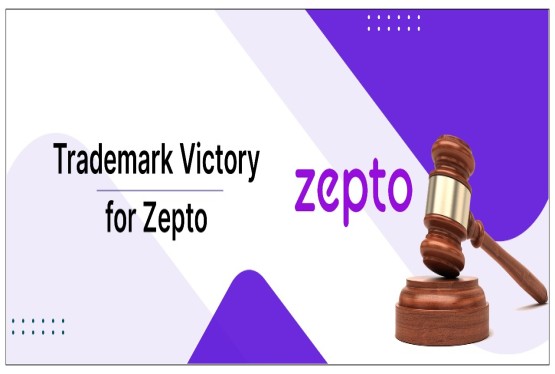




















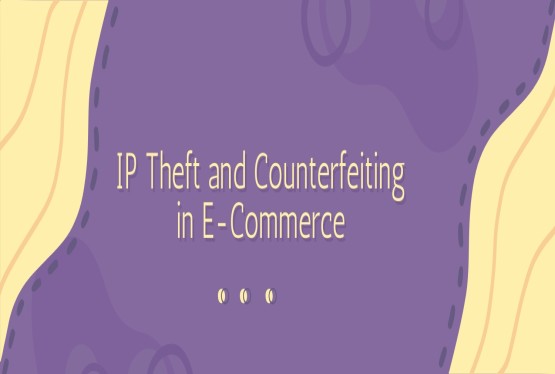












_crop10_thumb.jpg)

















